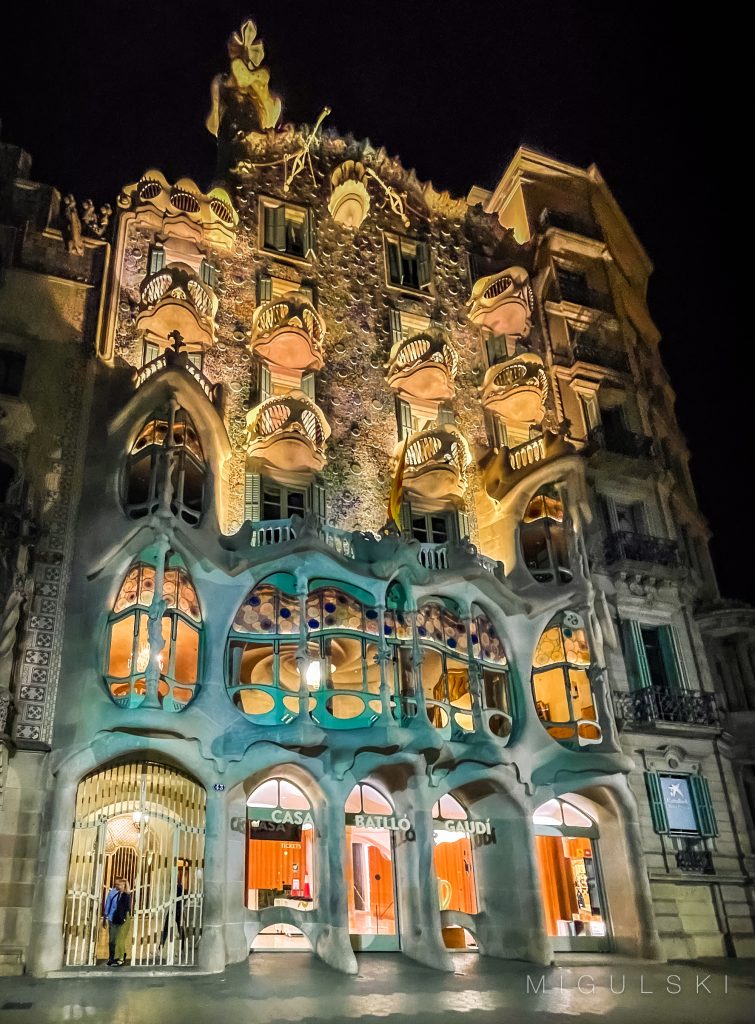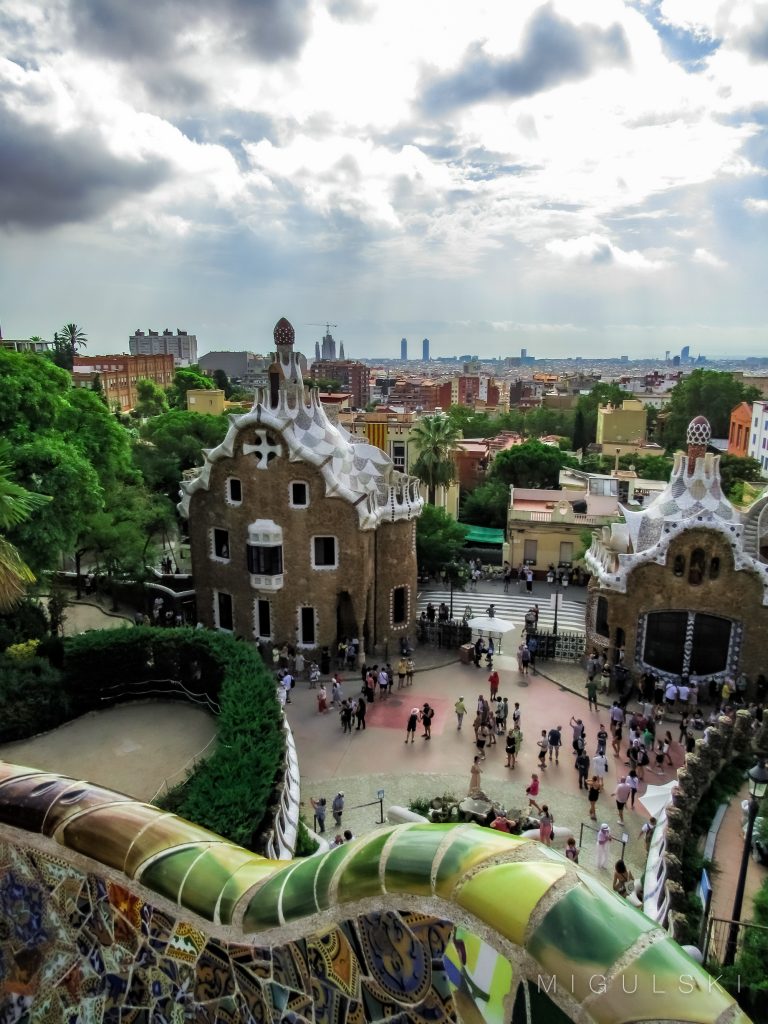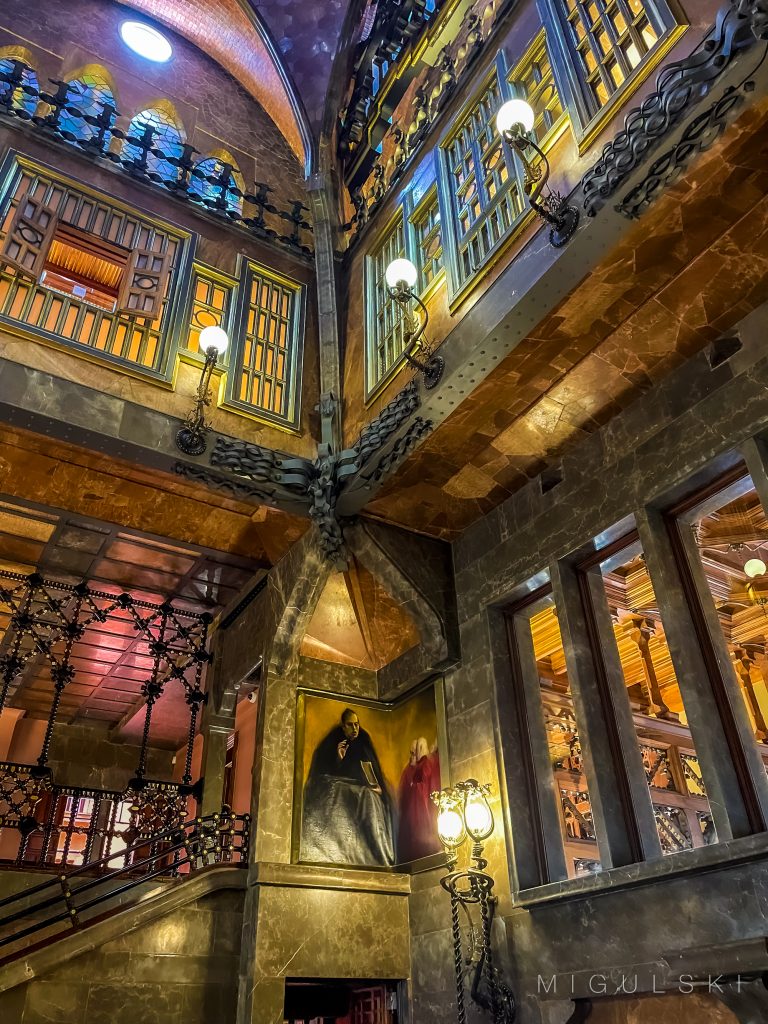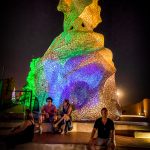
Antoni Gaudí was born on June 25, 1852, in Reus, a town in Catalonia, Spain. He was the youngest of five children in a family of coppersmiths. From an early age, Gaudí showed an interest in nature, art, and architecture. In 1874, he graduated as an architect from the School of Architecture in Barcelona.
Gaudí’s early works were influenced by Gothic and Oriental styles, but he soon developed his unique approach, characterized by a synthesis of various architectural forms and a deep connection to nature. His fascination with natural forms and organic shapes became a hallmark of his work.
One of Gaudí’s early commissions was the lampposts for the Plaça Reial in Barcelona, showcasing his ability to combine functional elements with artistic expression. In 1883, he received a commission to design the Sagrada Família, a project that would become his life’s work.

Gaudí was deeply religious, and his faith played a significant role in shaping his architectural vision. He believed that his work was a form of worship and saw architecture as a way to connect with the divine. This is evident in his designs, where religious symbolism and elements inspired by nature are prevalent.
Throughout his career, Gaudí worked on various projects in Barcelona and beyond, including private residences, public parks, and churches. Notable among his works are Casa Batlló, Casa Milà (La Pedrera), Park Güell, and the crypt and nativity façade of the Sagrada Família.
In the later years of his life, Gaudí became increasingly absorbed in the Sagrada Família project, to the point where he devoted himself almost entirely to its design and construction. In 1926, at the age of 73, Gaudí was tragically struck by a tram in Barcelona. Due to his disheveled appearance, he was initially mistaken for a beggar and was not promptly taken to a hospital. He died a few days later on June 10, 1926.

Antoni Gaudí’s death marked the end of an era, but his legacy lives on through his extraordinary architectural creations. The Sagrada Família, in particular, remains one of the most iconic and visited landmarks in the world, drawing millions of visitors each year. Gaudí’s work continues to inspire architects, artists, and admirers of unique and visionary design. In 2003, the beatification process for Gaudí was initiated by the Catholic Church, recognizing his exemplary life and spirituality.


